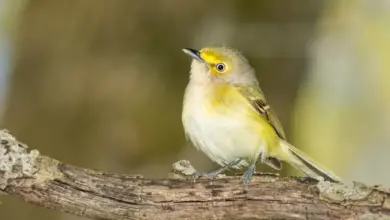Ryūkyū Kingfishers / Ryukyu Kingfishers
The Ryukyu Kingfishers (Todiramphus miyakoensis) is an enigmatic taxon of tree kingfisher. It is extinct and was only ever known from a single specimen.
Its taxonomic status is doubtful; it is most likely a subspecies of the Micronesian Kingfisher, which would make its scientific name Todiramphus cinnamomina miyakoensis.
As the specimen is fortunately extant at the Yamashina Institute for Ornithology, the question could be resolved using DNA sequence analysis; at any rate, the Micronesian Kingfisher is almost certainly the closest relative of the Ryukyu Kingfishers bird.
The IUCN considers this bird a subspecies and has hence struck it from its red list.
*Extinct Species*
The one known bird, probably a male, was according to its label collected on Miyako-jima, the main island of the Miyako group, Ryūkyū Shotō, on February 5, 1887.
While it is often and correctly stated that specimen labels may be incorrect or misleading, the locality, to the northwest of the extant populations of Todiramphus cinnamomina, seems sound in a biogeographical sense.
At least the specimen labels of Ryūkyū collections by later Japanese collectors are usually very reliable; whether this is true for earlier collections too is not known.
The only differences between the Miyako-jima bird and males of the Guam Kingfisher (the nominate subspecies of the Micronesian Kingfisher; presently only surviving in captivity) are the former’s lack of a black nape band and the red feet (black in Guam birds).
The bill color is unknown due to damage to the specimen, and supposed differences in the proportion of the remiges (flight feathers – typically only visible in flight) are almost certainly an artifact of specimen preparation. Indeed, the specimen was not recognized as distinct until some 30 years after its collection.
If the bird was indeed a resident of the Miyako group (and as there was a better habitat in neighboring Irabu-jima, it is probable that it would have been found there too), it became extinct in the late 19th century.
While this seems early, the population must have always been small as there never was much habitat available in historic times.
Certainly, thorough research in the early 20th century failed to find the bird again. The reasons for the disappearance of the population would have been land clearance and draining of wetlands for agriculture.


